Expect arcane pomp during King Charles III’s coronation
King Charles III faces quite the dilemma. Does he cut out the historical rights and duties of ancient British families, so he can present a modern, relevant monarchy?
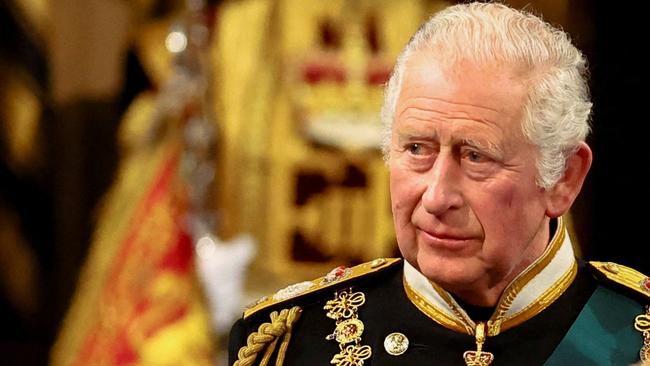
The right to brandish a wand, bear a golden spur or produce a right-handed scarlet glove is more likely to conjure associations with Hogwarts than Westminster Abbey. Yet these rights have been bitterly fought over by British families for centuries, leading to a tense wait for the email summons to fulfil their dynastic destinies at the upcoming coronation.
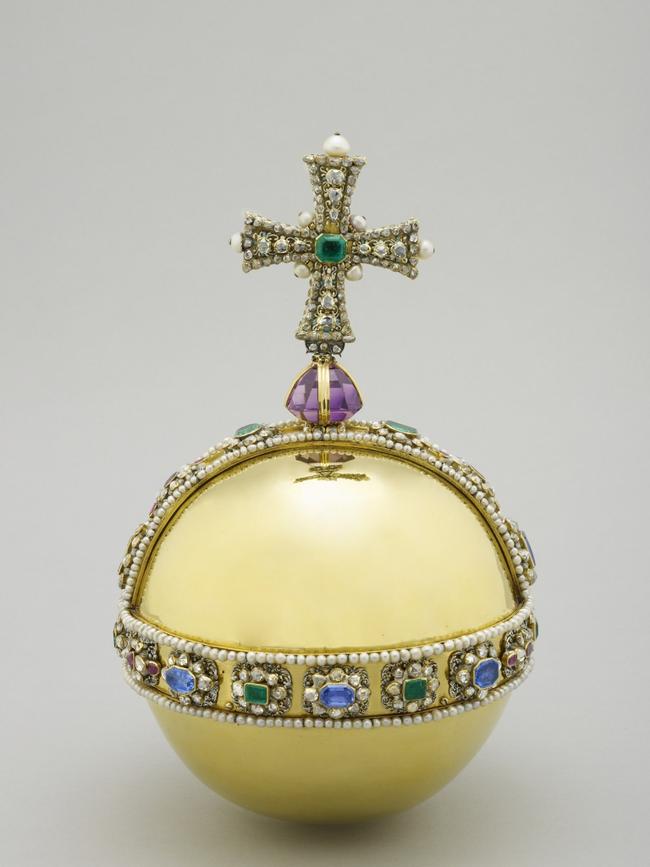
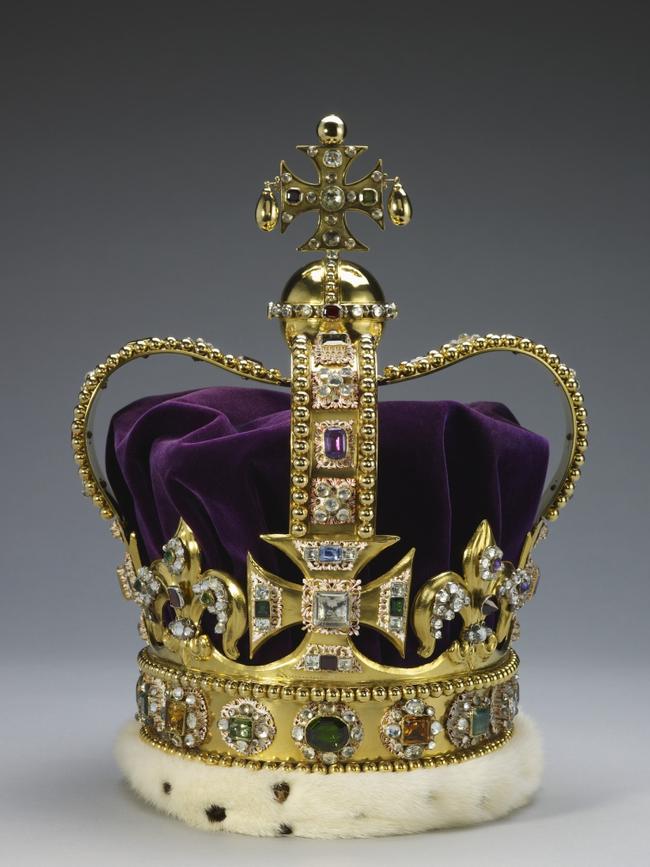
For King Charles III, it will be quite the dilemma. Does he cut out the historical rights and duties of ancient British families to perform particular services at the coronation, such as the King’s Champion, so he can present a modern, relevant monarchy to the world? Or would doing so set the monarchy adrift from the history that justifies its existence?
It seems he is taking a halfway approach, with some of the eccentric pomp and drama surviving, while other roles have been swept away into the dustpan of history.
The golden spurs
One of the most fought-over roles has been to carry the golden spurs and present them to the King, touching them against his ankles.
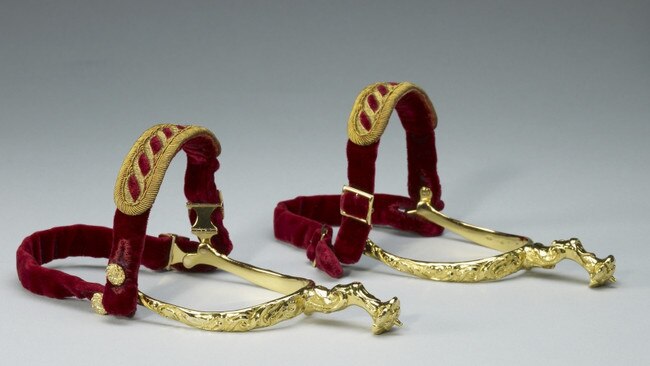
Spurs were first presented at the coronation of Richard the Lionheart at Westminster Abbey on September 3, 1189. They symbolised his chivalry and his valour as a knight. John Marshal was accorded the honour of presenting them, and this honour has been passed down to his descendants.
The chronicler of Richard’s coronation recorded that there were “evil omens” at the service, including a bat that swooped around the king during the ceremony and a mysterious pealing of bells. Richard survived another decade until dying from battle wounds in 1199.
But the evil omen may have attached itself to the bearer of the spurs, as his line of descendants was sometimes disrupted, with one heir suffering summary execution after having been accused of sorcery in the 14th century and another being killed in a tournament. Second marriages and failures to produce male heirs resulted in disputes about which branch of the family had inherited its coronation rights.
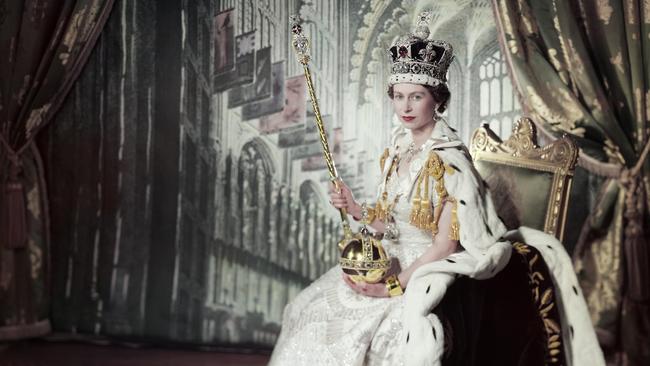
In the 19th century, the role was dominated by the redoubtable Barbara, Baroness Grey de Ruthyn, a notable fossil collector and geologist, who carried the spurs with aplomb at the coronations of George IV, William IV and Queen Victoria. But her two marriages and a surfeit of daughters who were co-heirs led to a messy chain of inheritance, with four families fighting for the coronation honour ever since.
These disputes were resolved before each coronation by a court of claims, where barristers armed with large scrolls of family trees would battle it out before eminent judges. In 1902, the court held that none of the three claimants had proved their right to carry the spurs at the coronation of Edward VII, and left it to the king to decide. He diplomatically decided that Baron Grey de Ruthyn could carry one spur and the Earl of Loudoun could carry the other. The same division was applied at the coronation of George V.
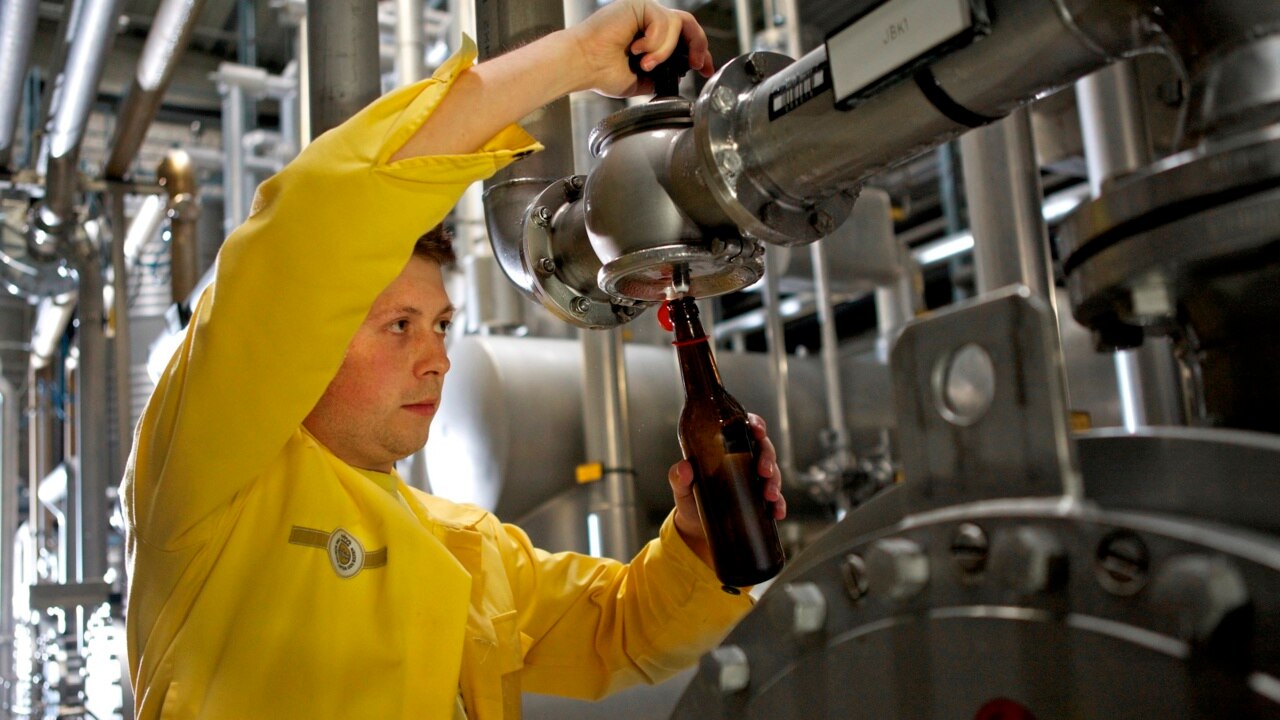
But in 1936 the coronation court of claims inconveniently found that three claimants had established their claim – Lord Hastings, the Earl of Loudoun and Lord Churston. King George VI, probably wishing he had three legs, found he could not divide two spurs into three and appointed Lord Hastings and Lord Churston to carry one spur each. The same decision was made in 1953 at the coronation of Queen Elizabeth II.
So who would win the right to carry the golden spurs at the coronation of King Charles III? The elderly Lord Churston died in February and the role instead has gone to Lord Hastings, a retired actor and farmer, along with the Earl of Loudoun, an Australian who lives in Wangaratta in Victoria. Each will carry one of the golden spurs.
As the Earl of Loudoun presents his spur, he might indulge a passing thought about how it could have been him on the throne. Some historians have argued that King Edward IV was illegitimate and that the throne should therefore have been passed down a different line to the current Earl of Loudoun.
But while his family still claims the right to present the golden spurs at the coronation, it does not make any claim to the throne.
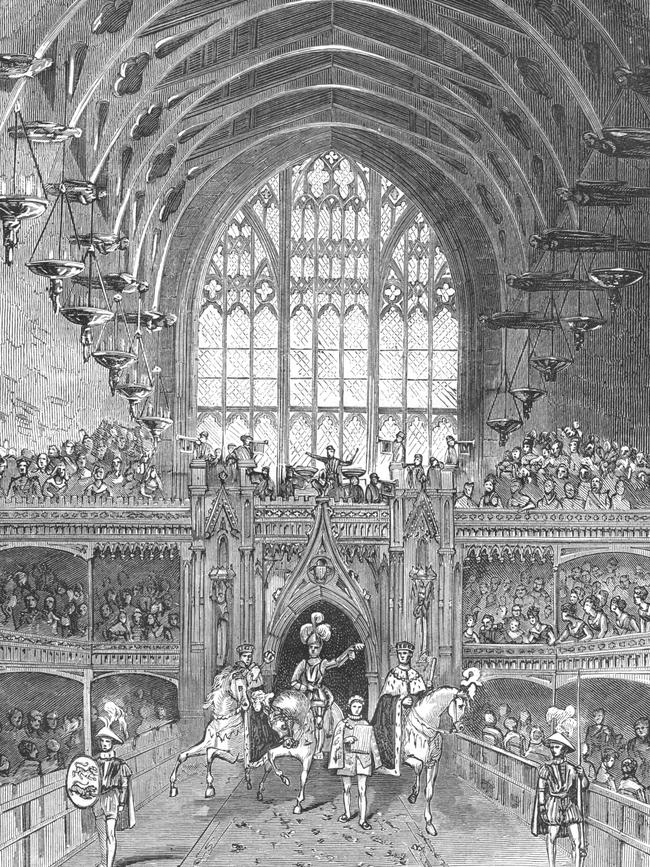
The King’s Champion
If the earl did challenge the King’s right to the throne, he could have to face in mortal combat a retired accountant and farmer, Francis Dymoke, who is the King’s Champion. This role, which he traces back to an ancestor who aided William the Conqueror, is actually attached to the ownership of his family home, the manor of Scrivelsby. Anyone who owns the land is the lord of the manor and is therefore the King’s Champion.
It would be interesting to see how a real estate agent would price this unusual land attribute, but as the Dymoke family has held on to the land for many centuries the role of King’s Champion has remained in the family.
Originally it entailed wearing full armour and riding a horse into the coronation banquet in Westminster Hall. The champion would throw down a gauntlet three times in a challenge to anyone who disputed the king’s title. If the challenge was accepted, there was an obligation to fight to the death. The sight was so impressive, however, that no one ever challenged the champion, although one wonders whether any “sovereign citizens” today might take up the gauntlet.
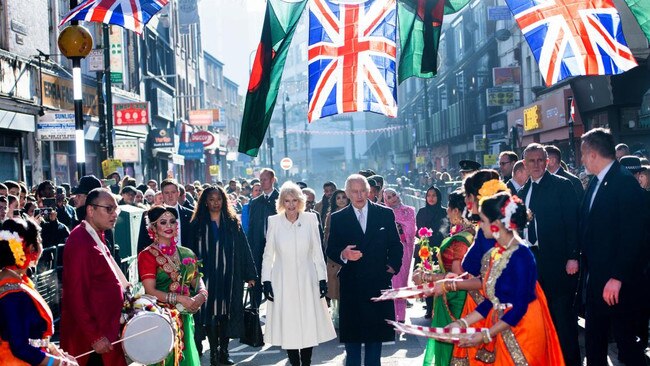
The greater challenge for the champion was to find a horse that could back out of Westminster Hall without facing its rear-end towards the king, knocking over any tables or defecating over the diners. The last champion to perform this feat at the banquet hired a circus horse that had been trained to walk backwards. But it is claimed that as soon as the horse heard applause from the guests, it assumed it was in the circus and started performing circus tricks, much to the consternation of the man in armour seeking to maintain his balance and the solemnity of the occasion.
As the banquet is no longer held, this picturesque role has ceased. But the King’s Champion was instead given the duty of carrying the Standard of England in the 1937 coronation and the Union Flag at the 1953 coronation.
While the current champion filled in his online form to claim his place, the most recent announcement by the Coronation Claims Office (which replaced the coronation court of claims) made no mention of a role for the King’s Champion. Perhaps the champion’s day is done, or maybe he will get back on the horse.
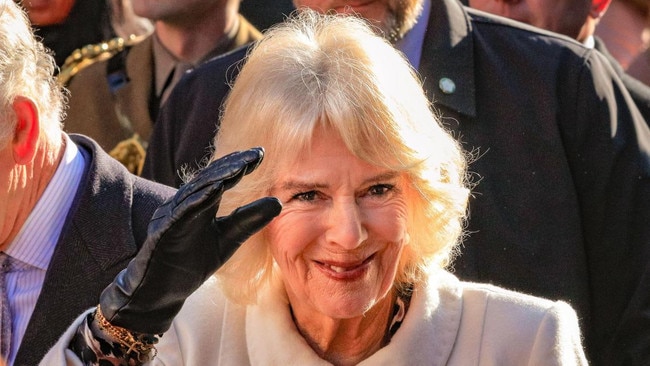
The scarlet glove
Another duty that attaches to the ownership of land is to provide a scarlet glove for the King’s right hand and to support his arm while he holds the royal sceptre during the coronation ceremony. This duty attaches to the lord of the manor of Worksop. From the coronation of Charles II, the owner of the land was the Duke of Norfolk, but in 1840 part of the land was sold to the Duke of Newcastle.
There was a dispute about whether he owned the right part of the land to claim the glove duty, but in 1902 the court of claims decided that he did, and the duke’s family fulfilled this role in the coronations of 1902, 1911 and 1937.
But by 1953 the duke had passed ownership of the land to a family company. The court of claims decided that only an individual, as lord of the manor, could provide the glove and support the king’s arm, so the Duke of Newcastle was excluded.
The manor of Worksop was later sold and it is unknown who owns it and whether they have made a claim to exercise their glove duty. If a prominent footballer, Russian oligarch or a pop singer is seen propping up the King’s elbow during the coronation, you will now know why.
Wands
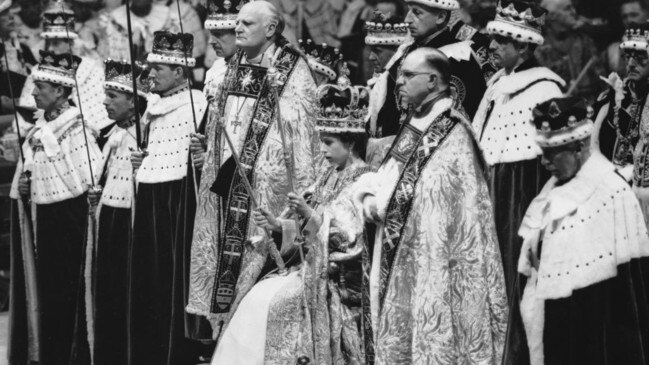
The most dramatic moment at the end of the funeral rites for Queen Elizabeth II was when the Lord Chamberlain broke his wand of office and placed it on the queen’s coffin as it was interred.
But a coronation marks the beginning of a reign, so there are plenty of wands, rods, batons and sticks on display, including St Edward’s staff.
So far, we know that the Lord High Constable of Scotland, the Earl of Erroll, has won his right to carry a silver baton tipped at each end with gold.
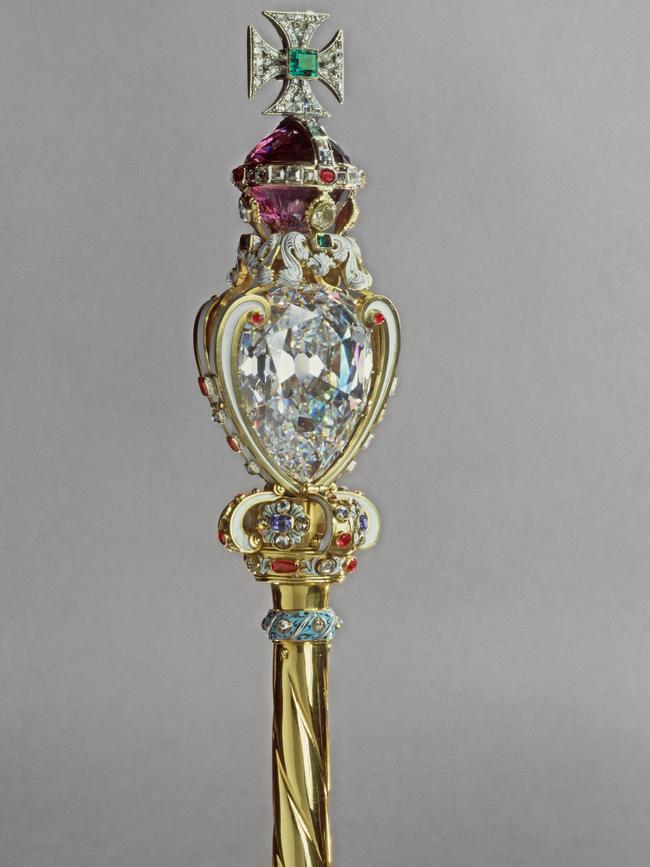
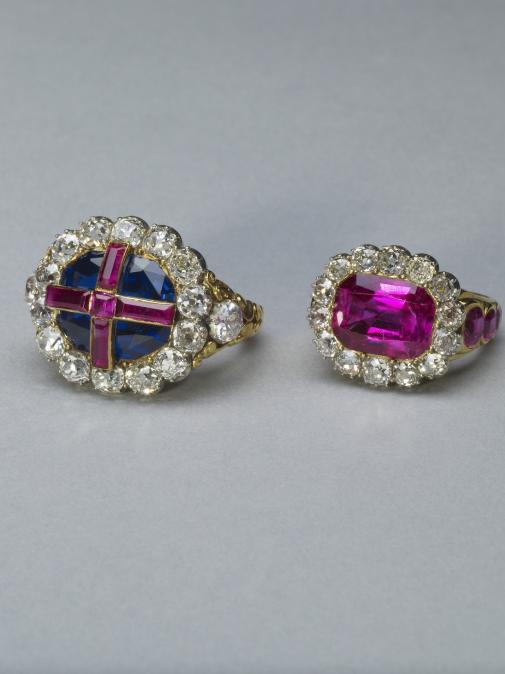
The Lord Mayor of London, who traditionally carries the crystal mace, will participate. In addition, the Usher of the White Rod (as distinct from the Usher of the Black Rod, who is a parliamentary officer, and the Ushers of the Green Rod, Scarlet Rod, Blue Rod and Purple Rod who serve the royal household) has been invited to attend.
As for the white wand, it is traditionally wielded by the Lord High Steward of Ireland, but the Coronation Claims Office may have exercised the modern-day equivalent of the disarming spell Expelliarmus, leaving him wandless. We must await the coronation spectacle to find out.
Anne Twomey is a professor emerita at the University of Sydney and a constitutional expert.

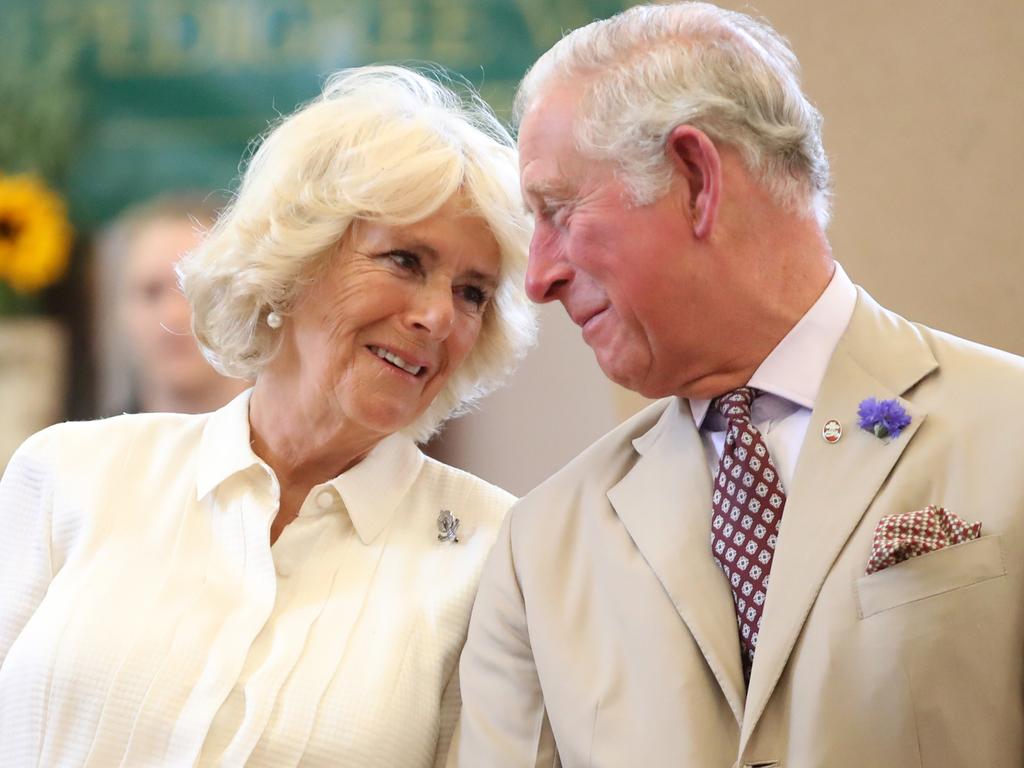
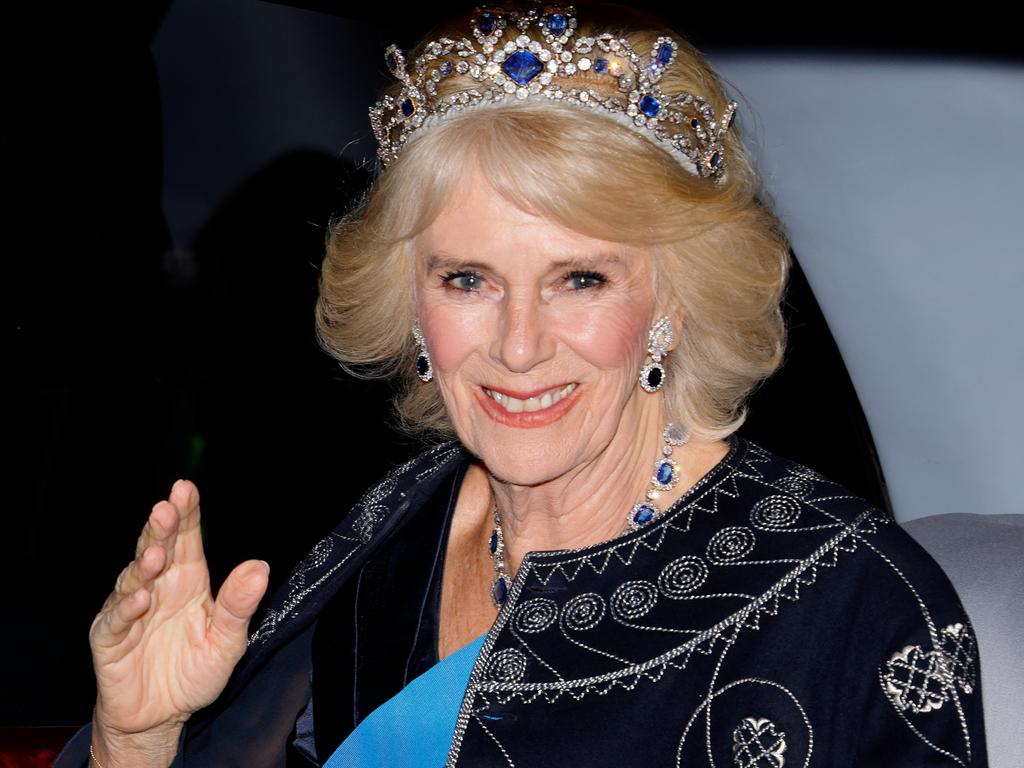
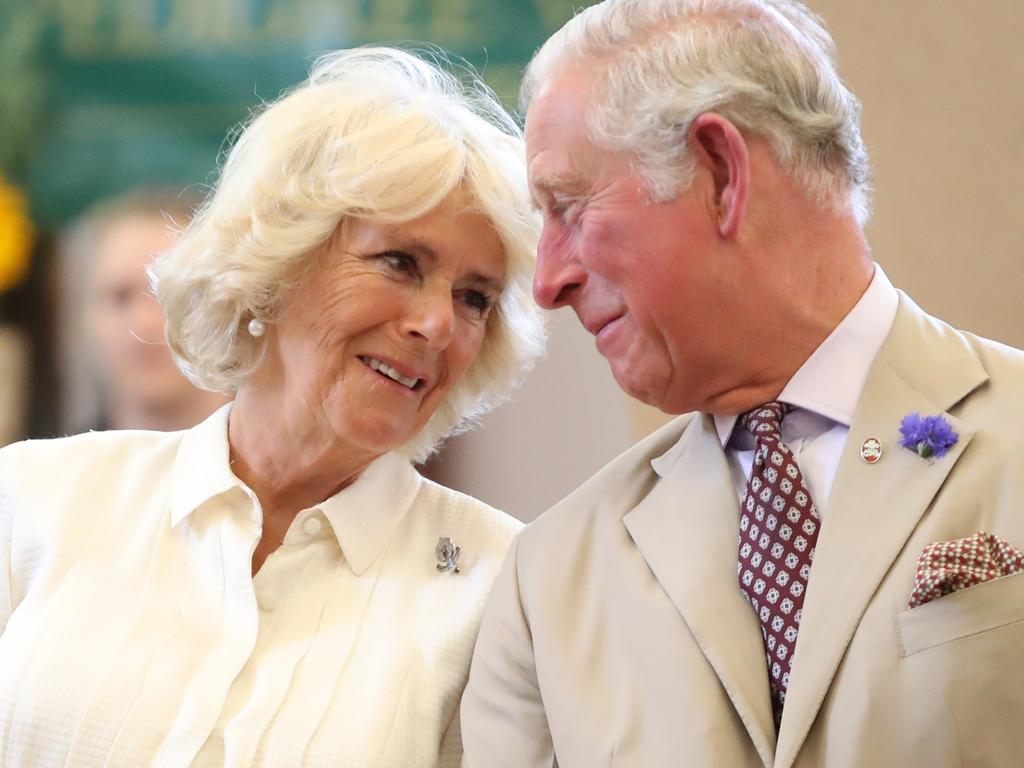


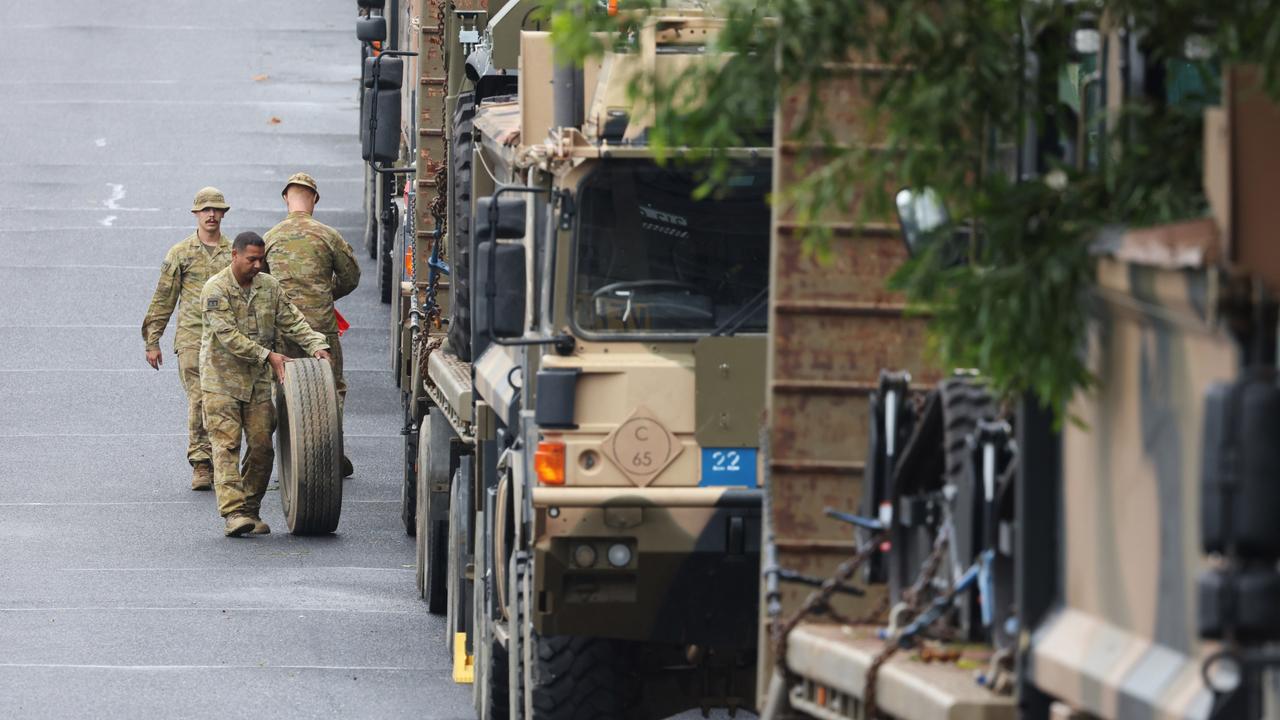
To join the conversation, please log in. Don't have an account? Register
Join the conversation, you are commenting as Logout